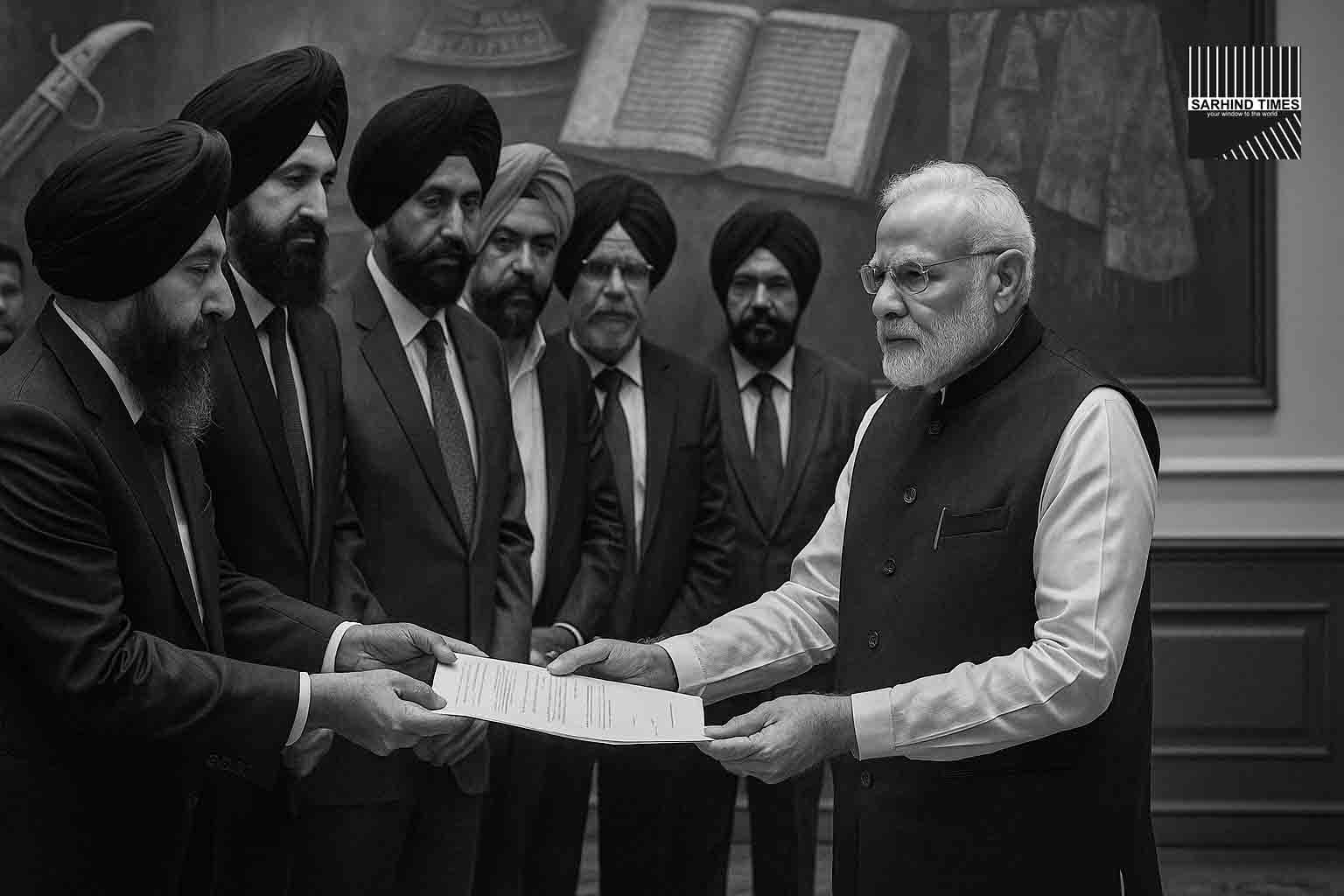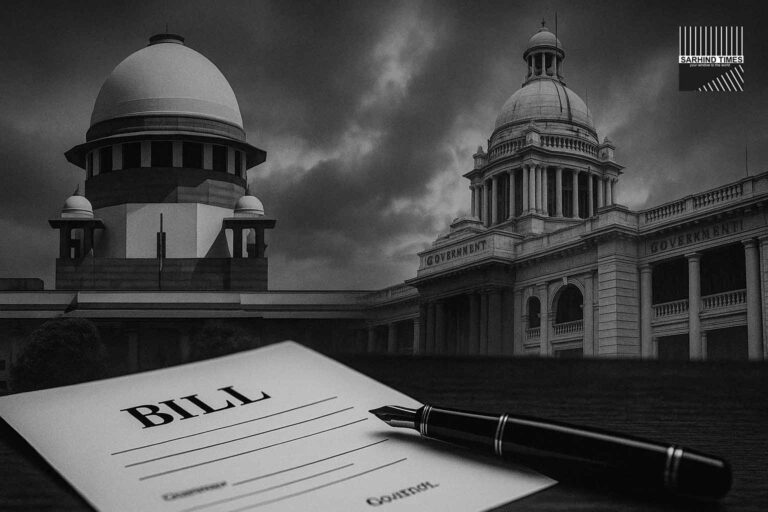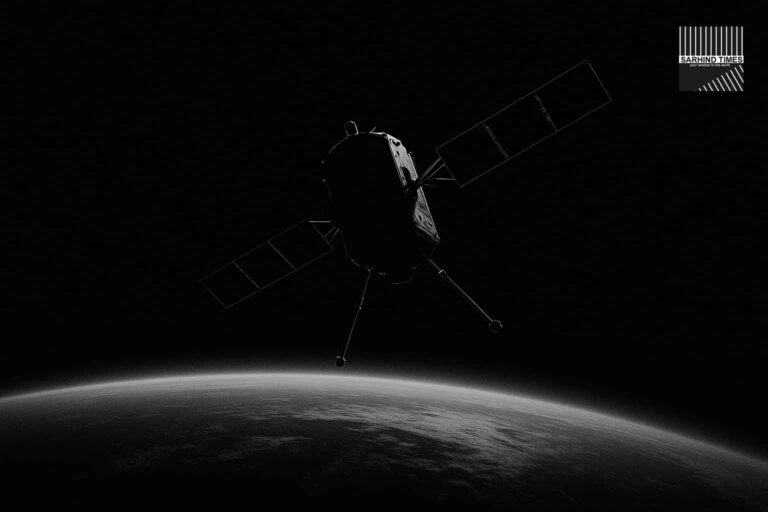20 sep 2025
In a development carrying deep cultural and spiritual resonance, a Sikh delegation met Prime Minister Narendra Modi in New Delhi to present recommendations concerning Sikh holy relics. The meeting underscored the importance of relics not only as sacred symbols of devotion but also as fragile historical artefacts requiring professional conservation.
Community representatives described the interaction as “constructive,” emphasizing themes of transparent cataloguing, preservation standards aligned with international practice, and improved access for pilgrims. The Prime Minister’s Office (PMO) is now expected to review the recommendations and identify nodal agencies for implementation.
Why Sikh Holy Relics Matter
Holy relics in Sikhism include personal belongings, manuscripts, and artefacts associated with the ten Gurus and pivotal historical events. These objects are revered as tangible links to Sikh history, spirituality, and sacrifice.
For the faithful:
- Relics inspire devotion and reaffirm identity.
- They serve as anchors for pilgrimages.
- They offer younger generations a chance to connect with heritage.
For historians:
- Relics provide unique insights into material culture, craftsmanship, and intercultural exchanges.
- They act as primary sources in reconstructing Sikh history.
Thus, stewardship requires balancing faith sensitivities with scientific preservation.
The Delegation’s Key Recommendations
While details remain under wraps, sources indicated the delegation emphasized:
- Transparent Cataloguing – A national inventory of Sikh relics across gurdwaras, museums, and private collections.
- Global-Standard Conservation – Temperature-controlled storage, restoration by trained conservators, and use of non-invasive preservation methods.
- Improved Access – Facilitated viewing for pilgrims without compromising relic safety.
- Institutional Framework – Setting up expert committees with representation from Sikh scholars, conservationists, and cultural bodies.
- State–Centre Coordination – Unified guidelines for relics housed in Punjab, Delhi, and beyond.
The Prime Minister’s Role
PM Modi has previously highlighted Sikh heritage in global forums, supporting initiatives around Guru Nanak Jayanti, 550th birth anniversary celebrations, and Kartarpur Sahib corridor. The delegation’s meeting aligns with his government’s broader cultural diplomacy and outreach to communities.
The PMO is expected to:
- Review recommendations with cultural ministries.
- Engage the Archaeological Survey of India (ASI) and National Museum.
- Explore funding through heritage and tourism schemes.
Conservation Science Meets Faith
Preservation of relics is delicate:
- Textiles require humidity control.
- Manuscripts need acid-free storage.
- Metal objects require protection from corrosion.
Experts stress that conservation must be non-invasive and reversible, respecting religious protocols while maintaining scientific integrity.
Cultural historians welcomed the dialogue, noting:
“Faith-based artefacts are not just religious—they are global heritage. Conservation must meet the highest standards while respecting the sentiments of devotees.”
Broader Significance
The initiative could have ripple effects across:
- Tourism: Improved museum and gurdwara displays could attract global Sikh diaspora visitors.
- Education: Relics could be digitized for study in universities worldwide.
- Interfaith Dialogue: Preservation efforts may strengthen India’s global image as a guardian of diverse traditions.
Community Response
Many Sikh leaders expressed optimism:
- Gurdwara committees saw it as recognition of Sikh heritage at the highest level.
- Diaspora groups called for involvement of overseas Sikh institutions in digitization efforts.
- Young Sikhs voiced interest in using technology to connect with relics remotely.
Challenges Ahead
Despite enthusiasm, hurdles remain:
- Fragmented ownership: Relics are scattered across institutions, trusts, and private hands.
- Funding gaps: Professional conservation is expensive.
- Balancing access and safety: More footfall may risk damage.
- Political sensitivities: Heritage management often intersects with regional identity politics.
Next Steps
Analysts expect:
- A formal framework or committee announcement in coming months.
- Pilot projects to digitize and preserve select relics.
- Enhanced infrastructure in museums and gurdwaras hosting major relics.
Conclusion
The Sikh delegation’s meeting with Prime Minister Modi marks an important step in recognizing the dual role of holy relics—as sacred touchstones of faith and as historical treasures. With transparent cataloguing, scientific preservation, and respectful access, India has an opportunity to set global benchmarks for religious heritage stewardship.
For millions of Sikhs worldwide, this initiative promises both continuity of devotion and pride in a heritage safeguarded for future generations.
#SikhCommunity #Culture #Heritage #PMO #Conservation #Faith #SarhindTimes

























+ There are no comments
Add yours